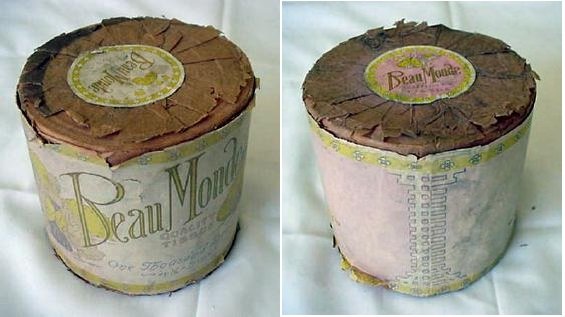The most common material you will come across in every home, office, school, or workshop is toilet paper.
It might not necessarily be in restroom settings, but you will see a trace of toilet paper in every corner you enter in today’s present world.
This fact bolsters the importance of toilet paper and how its significance has improved over time.
Toilet papers are not among the recently manufactured materials that came from advancements in natural phenomena. It is known to have been in existence since the 1800s. The use of toilet paper, which is adopted today, particularly for hygiene, has been since the 6th century when paper was used in place of toilet paper for hygiene purposes, especially in China.
The Progressive Timeline Of Toilet Papers
Among other things, toilet paper has undergone a massive evolution. The demand for the use of toilet paper grew with time, and manufacturers started producing in large numbers.
During the 14th century, toilet paper was ranked among the top most-made products globally, suggesting its relevance.
Only in the 19th century did toilet paper get modernized and become more specialized and diverse. More so, holders and dispensers came into circulation as materials to hold these toilet papers in restrooms and everywhere they were in use.
In light of this, toilet paper has existed as far back as possible and has served its purpose, just like it is still serving today. However, during these years, toilet paper may have been considered unsafe for a few reasons.
One of the reasons is associated with the splinters that form with the toilet paper, owing to the technology used in its production then. For example, in China, rice straw was used in the production of toilet paper since it was a very cheap paper-making material then.

As a result of the low-quality materials used, toilet papers were more or less posing dangers to hygiene.
More so, before humans started having perforated toilet paper, customization was made on the toilet paper, describing the government or organization involved in its production.
The Introduction Of Splinter-Free
During these times, people used customized tissue papers that had hard-like properties.
However, with the change of times, brands stopped customizing tissue papers, and many manufacturers introduced the usage of aloe in the production of tissue paper to give it a more soft and friendly appeal.
At this point, toilet paper took two forms, gaining users’ attention. One was the hard, customized toilet paper, and the other was the soft and less splinter-filled.
The demand for soft toilet paper grew as the price decreased, leading to the intense popularity of the papers we have today. By 1935, the introduction of splinter-free toilet paper was widespread.
The “splinter-free” meant that people could now enjoy soft-textured, patterned, and perforated toilet paper, which poses little splinter challenges and can be easily cut, according to the size needed, without stress.

